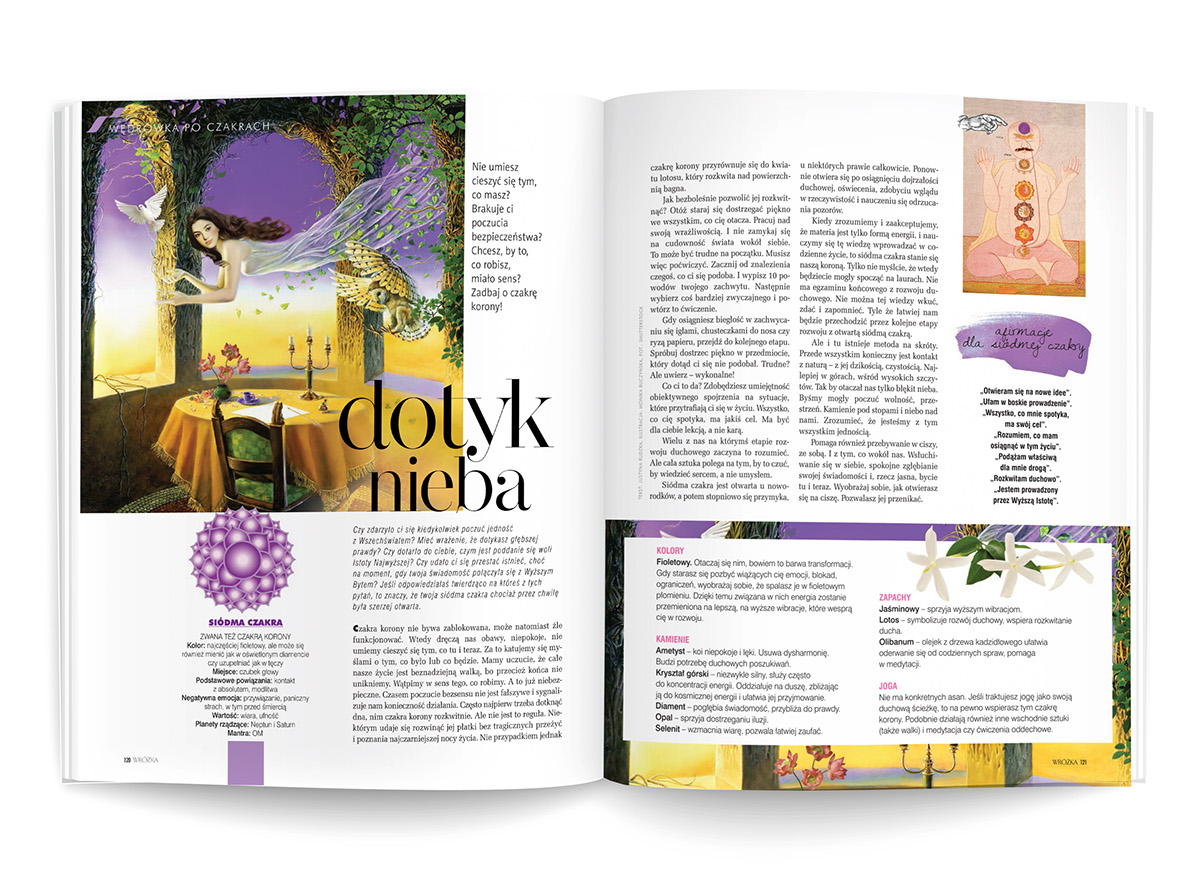Chakras
In Hindu and tantric/yogic traditions and other belief systems chakras are energy points or knots in the subtle body. They are located at the physical counterparts of the major plexuses of arteries, veins and nerves. Chakras are part of the subtle body, not the physical body, and as such are the meeting points of the subtle (non-physical) energy channels, called nadiis. Nadiis are channels in the subtle body through which the life force (prana), or vital energy moves. Various scriptural texts and teachings present a different number of chakras. There are many chakras in the subtle human body according to the tantric texts, but there are 7 chakras that are considered to be the most important ones.

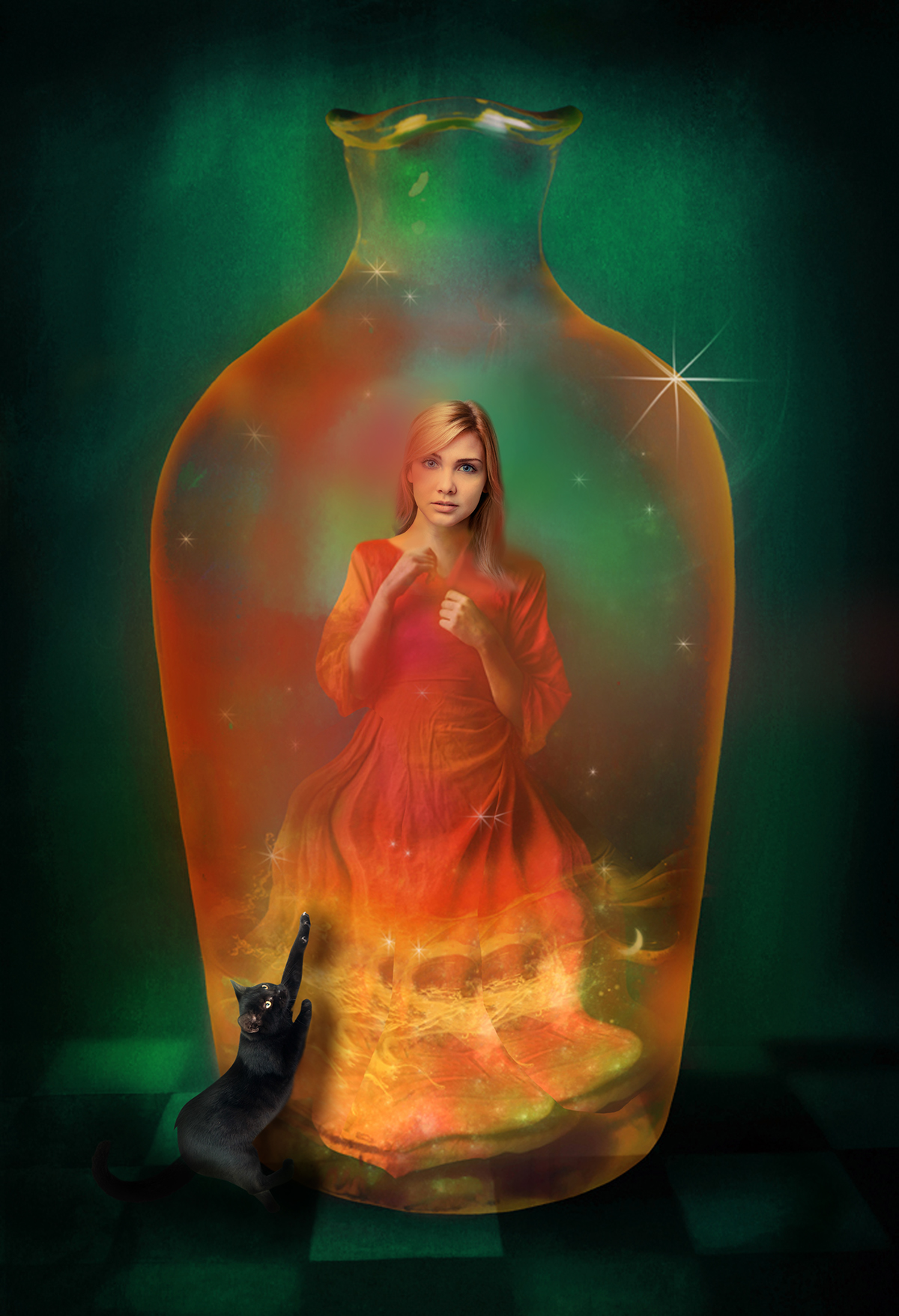

Muladhara or root chakra is symbolised by a lotus with four petals and the color red. This center is located at the base of the spine in the coccygeal region. It is said to relate to the gonads and the adrenal medulla, responsible for the fight-or-flight response when survival is under threat

Swadhisthana, Svadisthana, or adhishthana is symbolised by a white lotus within which is a crescent moon, with six vermilion, or orange petals. The seed mantra is Vam, and the presiding deity is Brahma, with the Shakti being Rakini (or Chakini). The animal associated is the crocodile of Varuna.
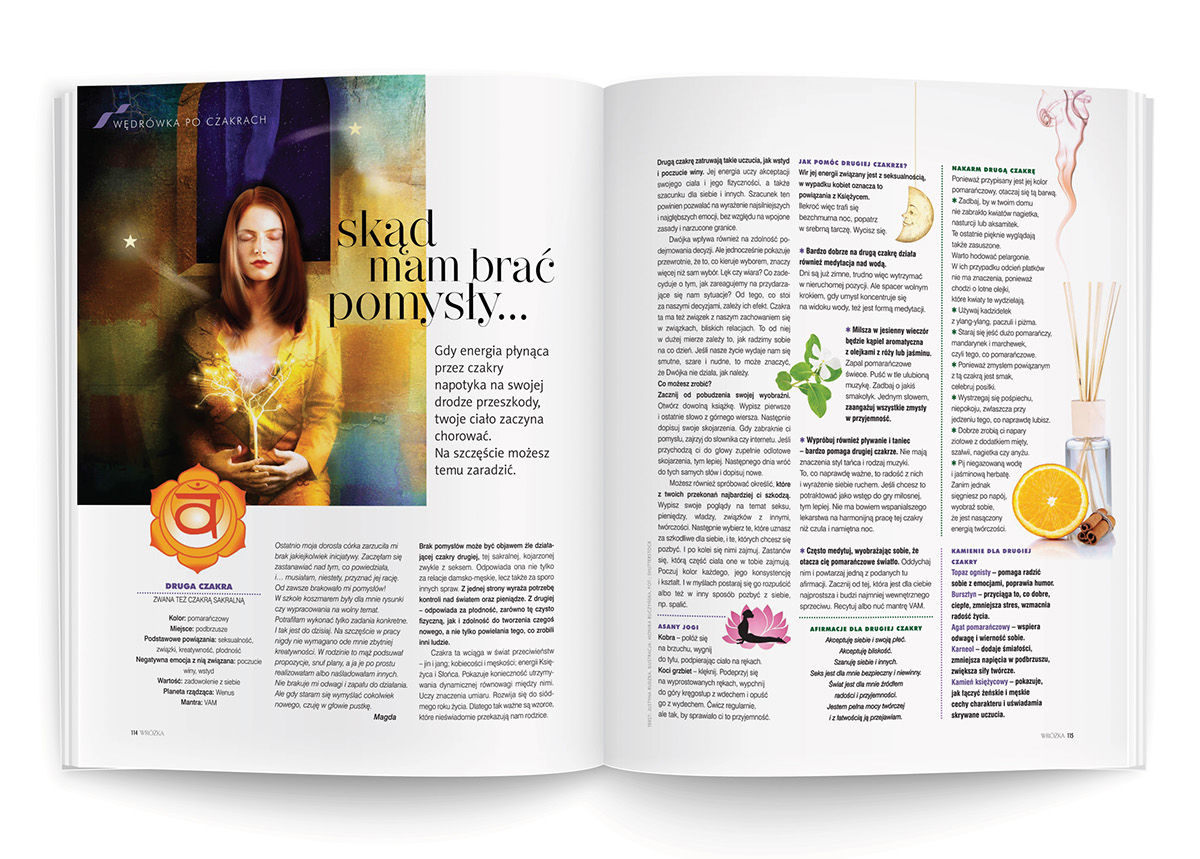
Manipura or manipuraka is symbolised by a downward pointing triangle with ten petals, along with the color yellow. The seed syllable is Ram, and the presiding deity is Braddha Rudra, with Lakini as the Shakti.
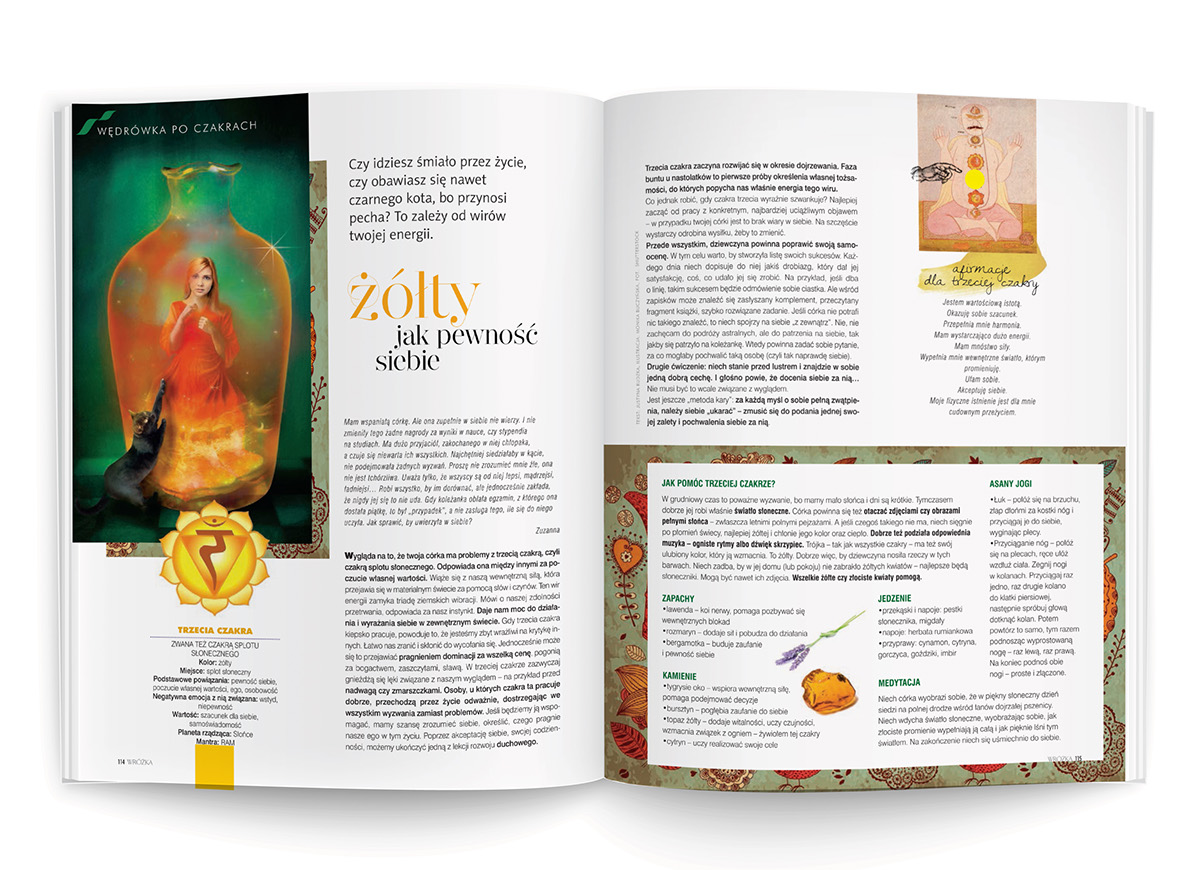
Anahata, Anahata-puri, or padma-sundara is symbolised by a circular flower with twelve green petals called the heartmind. Within it is a yantra of two intersecting triangles, forming a hexagram, symbolizing a union of the male and female. The seed mantra is Yam, the presiding deity is Ishana Rudra Shiva, and the Shakti is Kakini.
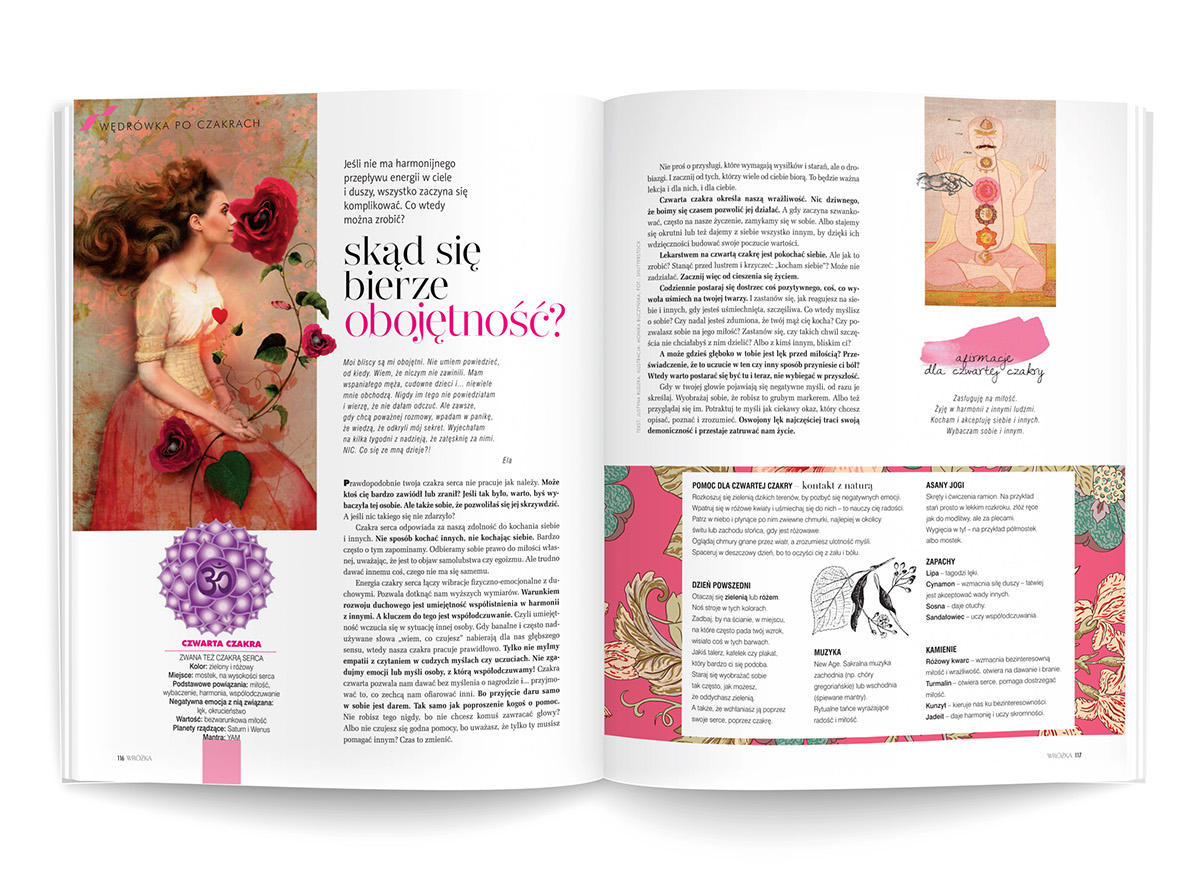
Vishuddha or Vishuddhi is depicted as a silver crescent within a white circle, with 16 light or pale blue, or turquoise petals. The seed mantra is Ham, and the residing deity is Panchavaktra shiva, with 5 heads and 4 arms, and the Shakti is Shakini.
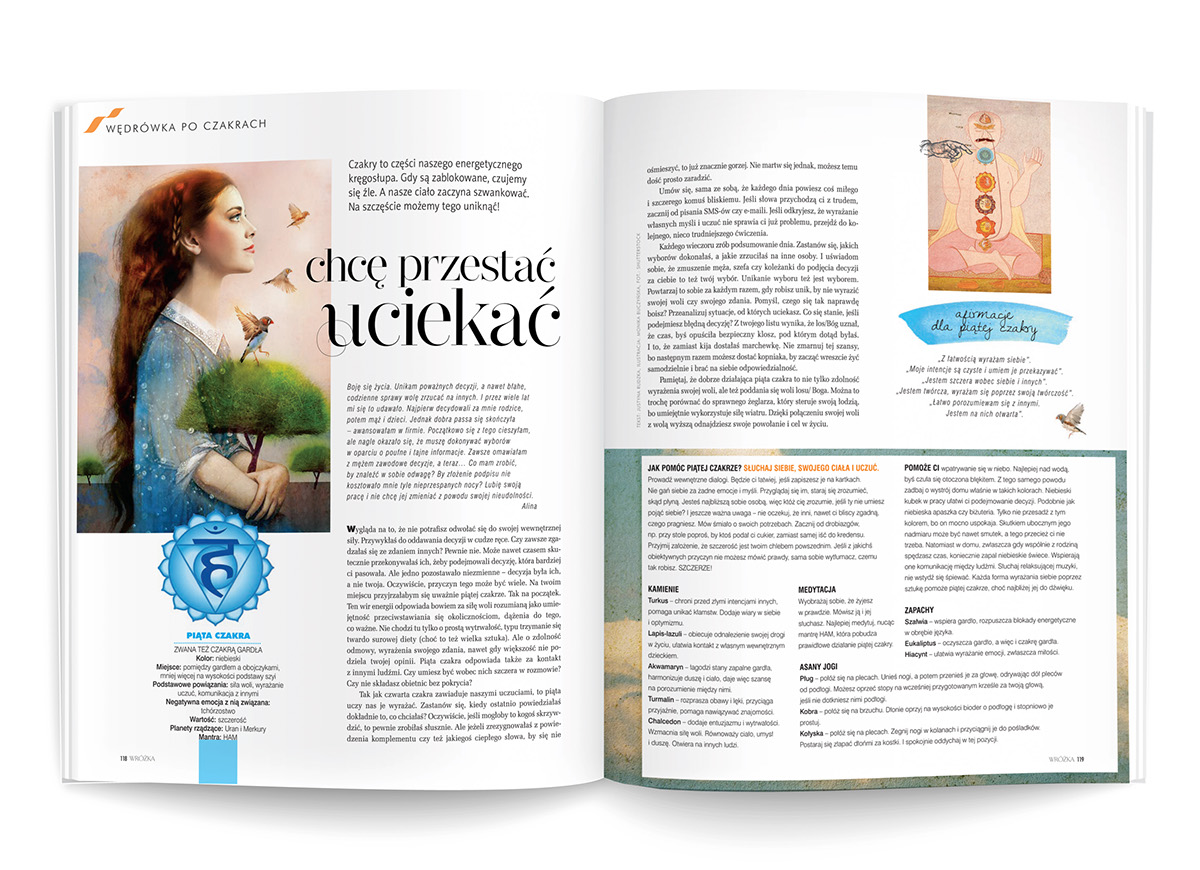
Ajna is symbolised by a lotus with two petals, and corresponds to the colours violet, indigo or deep blue, though it is traditionally described as white. It is at this point that the two side nadis Ida (yoga) and Pingala are said to terminate and merge with the central channel Shashuma, signifying the end of duality. The seed syllable for this chakra is the syllable OM, and the presiding deity is Ardhanarishvara, who is a half male, half female Shiva/Shakti. The Shakti goddess of Ajna is called Hakini.
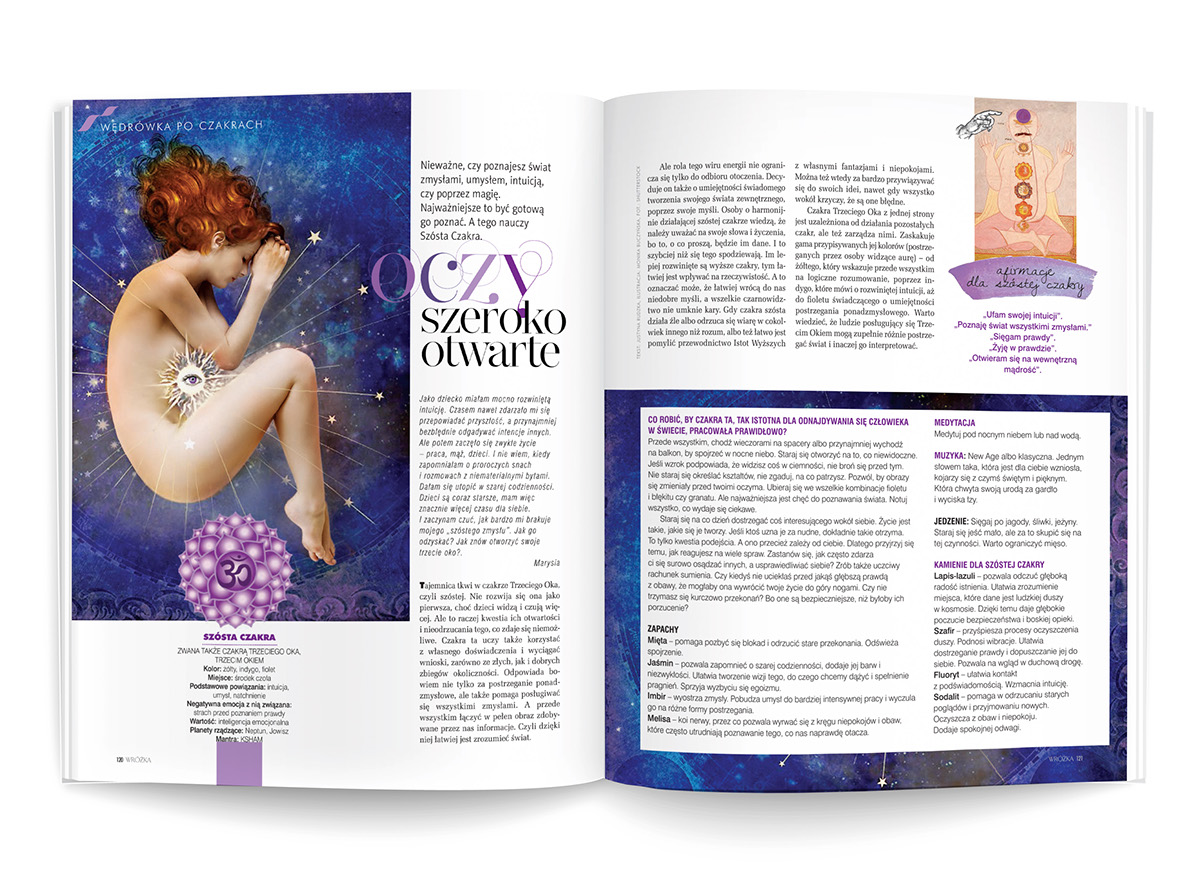
Sahasrara, which means 1000 petalled lotus, is generally considered to be the state of pure consciousness, within which there is neither object nor subject. When the female kundalini Shakti energy rises to this point, it unites with the male Shiva energy, and a state of liberating samadhi is attained. Symbolized by a lotus with one thousand multi-coloured petals, it is located either at the crown of the head, or above the crown of the head. Sahasrara is represented by the colour white and it involves such issues as inner wisdom and the death of the body.
